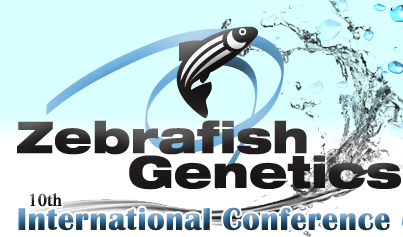Introduction
Zebrafish is becoming an important model organism to functionally characterize the biological impact of disease specific mutations in humans. The translation of the findings back to the human setting is thus dependent on the complete characterization of the orthology between zebrafish and human genes.
Orthology mapping
Nearly one-fourth of zebrafish genes are not annotated to indicate an orthologous relationship with a higher vertebrate, or human gene. To address this, we implemented ZFis(H)uman: a step-wise process to build a transcriptome map identifying zebrafish-human orthologs.
To search the orthology map click here.
To download the full orthology map, click here.
Method
First, a two-way sequence alignment step identifies and ranks pairs of zebrafish gene and human orthologous gene by tracking the alignment quality measures. This approach identifies human orthologous genes with statistical features that are similar to known characterized ones.
Results
The two-way alignment step identified high quality matches for 8,445 zebrafish RefSeq genes, 21% of which are currently ‘uncharacterized’.
Other 2,426 genes were highly ranked based upon estimated orthologous relationship, of which 24% are ‘uncharacterized’. Overall the portion of zebrafish transcriptome that could not be linked to the human transcriptome is reduced from ~25% to ~10%
